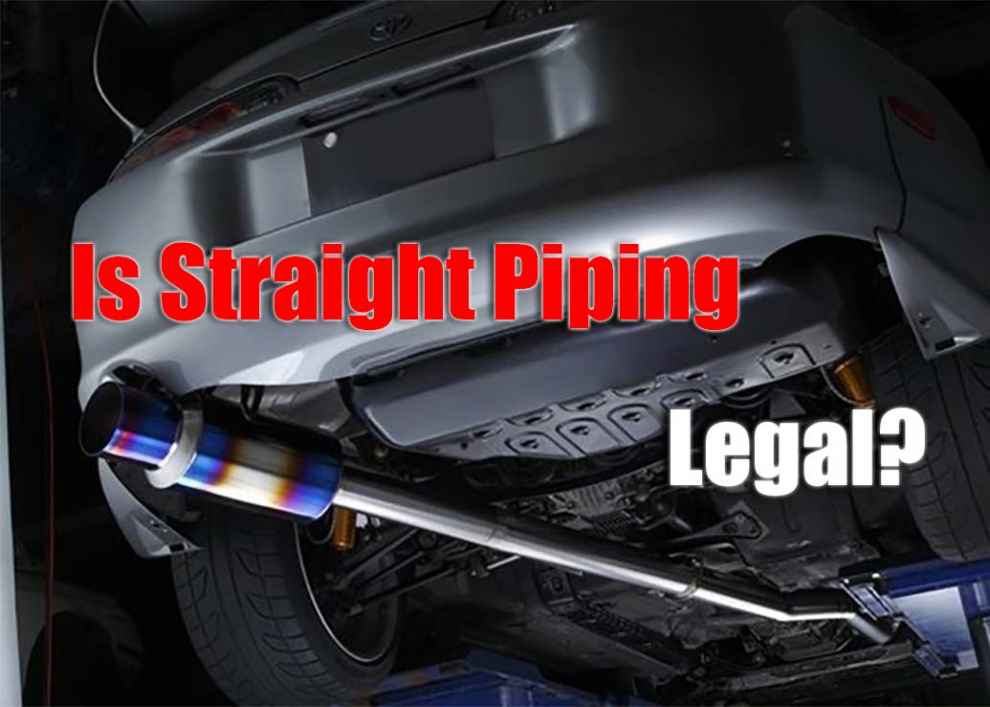Straight piping refers to the process of removing a vehicle’s muffler or catalytic converter and replacing it with a straight section of exhaust pipe. It is often seen as a way to improve engine performance, increase fuel economy, and reduce weight. However, straight piping can also produce significantly increased levels of noise pollution and air pollution.
Federal Laws Regarding Exhaust Systems
EPA Regulations for Exhaust Emissions
The Environmental Protection Agency (EPA) has established regulations governing the acceptable level of emissions from exhaust systems in vehicles manufactured after 1995 under the Clean Air Act. These regulations require that all new vehicles meet strict standards for exhaust emissions before they are sold in the United States. Any modifications made to an original emission system are subject to these guidelines and must be certified by an authorized technician or engineer before they can be legally driven on public roads in the United States.
NHTSA Regulations for Exhaust Noise Levels
The National Highway Traffic Safety Administration (NHTSA) also has regulations regarding acceptable noise levels from motor vehicle exhaust systems. Each state has their own set of rules which determine certain acceptable noise levels for vehicles on public roads. For example, California has set the maximum allowable noise level to 95 decibels, while in Colorado it is 90 decibels.
State Laws Regarding Exhaust Systems

Manufacturer Warranties and Liability Issues
Making modifications to an original exhaust system can void a vehicle’s manufacturer warranty if not done properly and certified by an authorized technician or engineer. Additionally, it may also result in liability issues if any damage is caused due to improper installation or use of aftermarket parts that are not certified by the EPA or NHTSA for use in a vehicle’s exhaust system.
Vehicle Modifications to Consider When Straight Piping
When straight piping a vehicle it is important to consider certain modifications that will help reduce noise pollution levels and improve air quality such as switching from a single pipe system to dual pipes, adding sound-dampening materials around the pipes, installing an aftermarket muffler, or adding catalytic converters. It is also important to note that some vehicles may require additional modifications in order to meet EPA and NHTSA regulations.
Conclusion
Straight piping a vehicle can have many advantages, however it is important to check with your local laws and regulations before making any modifications to an exhaust system. Additionally, it is important to consider the potential liability issues caused by improperly installed aftermarket parts or modifications which could void the manufacturer’s warranty and result in costly repairs down the road.

Add Comment